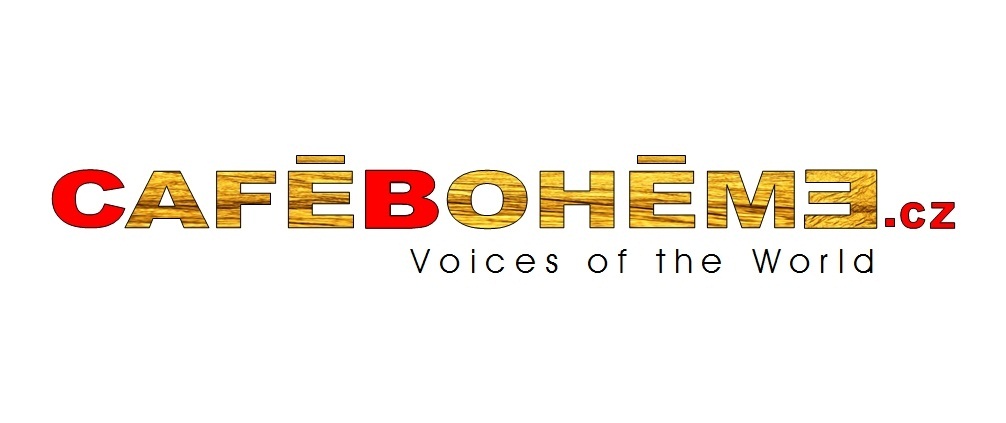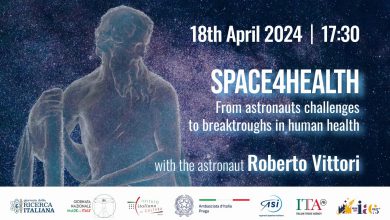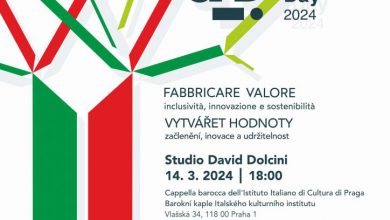
The influence that Italian architectural culture had on Czech construction styles and techniques of the first and full Baroque period, is quite considerable. Historically, we know that Italian construction workers had arrived in Bohemia during the first half of the sixteenth century and were employed on the most important construction sites in Prague, especially at the time of Rudolph II. The Italians distinguished themselves straight away for their skills and were given some of the most important assignments of the period. Many of these construction workers came to Prague from Italy only to work on a seasonal basis, taking advantage of the privileges offered to mason corporations, but many of them also settled in Bohemia for good and learned the language of the land, giving rise to a strong and large community, of which the most eloquent symbol was the famous “Italian Congregation of Prague”, founded under the stimulus of the Jesuits around 1573. Among the many illustrious names of artists and architects, who worked on Czech Crown land during this long interval, the most outstanding was the
builder, painter and brilliant architect of Italian origin: Jan Blažej Aichel Santini.
The first of three sons of master stonemason Santin Aichel – who was among one of the leading experts of his craft in Bohemia at the time – JB Santini belonged to the third generation of a family of Italian origin, which had settled permanently in Prague. His grandfather, Antonio Rogure known as “Aichel”, arrived in Prague in the 1730s – probably from the Trentino area – and worked as a bricklayer in the circle of the famous Charles Lurago, architect of the Jesuits and designer of the St. Ignatius Church in the New Town, Prague.
Jan Blažej was born on February 3rd, 1677 in the district of Hradcany. As a child he became fascinated by the beauty and majesty of the of St. Vitus Gothic Cathedral, close to where his father worked. Due to a slight physical deformity, that caused him to limp, the young Jan Blažej could not take up his father’s career, but thanks to his father’s prestige, he did his apprenticeship under the guidance of Jean Baptiste Mathey, one of the most important European architects of that period, showing immediately to have considerable intellectual capabilities including a deep artistic imagination that allowed him to learn to perfection the principles of applied Geometry, necessary to the art of construction. In addition to his architectural studies, the young Santini also studied painting, perhaps in the studio of the imperial painter Kristian Schroeder. After his apprenticeship, and the end of his studies around 1695, Santini travelled to several European countries, including Italy, in order to complete and deepen the knowledge he had acquired and, in the course of these trips, he was able to meet some of the greatest masters of that period – also thanks to the letters of recommendation which he had been provided with by his patrons. During these trips, the architect gained new knowledge and came into contact with all the major expressions of Baroque style in Europe, by thoroughly studying its nuances. In Italy, among other things, he especially admired the works of Francesco Borromini and Guarino Guarini, who would eventually play a key role in the development of his personal architectural style.
According to Vitruvius – a military builder and engineer of Caesar in the first century BC and author of the famous “De architectura decem books” – the ideal architect should know about literary art, design, geometry, have a substantial knowledge of history, philosophy, music and also know about medicine, have acquired a knowledge of astronomy and the laws of the heavens. The multifaceted figure of Santini, with its wide horizons and cultural interests, reflects (at least in part) this ideal description.
When he returned to Prague in 1699, together with his brother, Santini set up his own business, which provided him with important commissions and economic fortune. He then bought two houses at numbers 14 and 16 in the nowadays called Nerudova Street and was already greatly appreciated as an architect. In 1707 he married Veronika Alzbeta, the daughter of his master of painting Kristian Schroeder and had four children from her: three boys and a girl, but all the boys died, including his young wife. Thanks to his second marriage with a woman from a noble family: Antonie Ignatie Chrapicka, Santini increased his prestige and the number of commissions and had other children from his new wife. In 1703, he was entrusted with the reconstruction of the Church of the Virgin Mary and St. John the Baptist of Kutna Hora. Santini transformed the structure into a Neo-Gothic-Baroque style by adding apses to it and turning it into the first building in Bohemia to be characterized by this original style. Among his major works, including more than one hundred new buildings and reconstructions, we must also include: the Chapel of St. Anna at Panenské Břežany (1705-1707), the reconstruction of the Monastery of Plasy (1711-1723), the Chapel of St. Adalberto at Ostrov u Stříbra (about 1720) and his main work: the Shrine of St. John of Nepomuk at Zelená Hora near Žďár nad Sázavou (1719-1722) – a pentagon-shaped building in the form of a five-pointed star surrounded by a colonnade. Some of these works have been declared World Heritage Sites by Unesco.
Santini’s works represent a masterly synthesis of the main Czech and European art movements of the first quarter of the Eighteenth century. Santini assimilated and elaborated, into a new original style, the artistic heritage of the past, by projecting its values into the future. His works represent the jewels of European architectural culture and have the ability to enthral us all. In his works, he is able to portray all his daring architectural skills and his deep knowledge of the laws and secrets of the ancient art of building, and he reinterprets all its main features with a distinctive style. His originality belongs to the highest artistic expression ever attained on Czech land, thanks to the blending of different styles, which are mainly Gothic and Baroque. Though much appreciated since his earliest works, Santini’s style appeared to his co-workers as visionary and difficult to understand. Though they did not understand his art and architectural poetics, they all admired it. Santini was not only concerned with design, but was personally involved in the creation of his works and was a member of a guild of builders. He invented a complex irrigation system in the Cistercian monastery of Plasy in Western Bohemia and led a team of stonemasons, who were among the best of that period. Besides the construction of new buildings, many of Jan Blažej’s works included the reconstruction of existing ones that the architect reshaped by merging their elements into a new synthesis, and giving them unique features of his innovative style. His art includes a wide range of expressions, shapes and new converging ideas that bring up to date – in the Baroque sense – the architectural principles and details of styles of the past, particularly the Gothic one. It is in fact in this bringing up to date that we find the synthesis of his work – which consists of a fruitful encounter between gothic and baroque styles, merged into a style that combines the essence of both, which takes on a new expressive form. As many scholars of the architect have noticed, Santini is the final product of the great architectural traditions that the Italians introduced into Czech Lands. With his genius, he was able to merge into a personal and original style, the fruits of cultural exchanges between the Mediterranean and Czech traditions, combined into a creative synthesis of the single characteristic elements of each. In 1996, the asteroid 37699 Santini-Aichl was named in his honour, and in Prague, today, there is also an Italian-speaking Masonic Lodge entitled to this brilliant architect.
Pictures from: http://it.wikipedia.org/wiki/Jan_Bla%C5%BEej_Santini-Aichel



